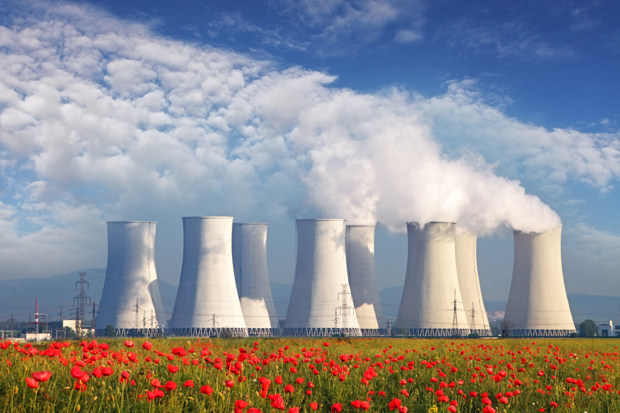For a layman, this 1.6 km radius area around the nuclear power plant is a birds’ paradise and a haven to various species of insects, animals, and flora–fauna. It is so designed and developed that it is tranquil and safe with bare minimum human intervention while greenery and water bodies are found in abundance.
During the selection of the site for an NPP, some important factors like, vibratory ground motion, tectonic surface deformation, non-tectonic deformation, recurrence rates of the earthquake, foundation materials, and seismically induced floods and tsunami are studied in detail.
While installing a nuclear plant, three zones are developed which are low population areas and part of the larger safety measures adopted during the process. The innermost zone, called the Exclusion Zone (EZ), surrounds the plant and defines an area directly under the control of the plant. Being adjacent to the plant fence, this is the most important area around the nuclear plant.
It is essentially a buffer zone where the public has no access. An exclusion area, especially in the Indian context, is of at least 1.5 km radius around the plant. As per the common perception, it is so designed that a person shall not receive a dose of radiation equivalent or more than 0.1 Sv (sievert) for the whole body and 0.5 Sv for thyroid of children.
For a layman, this 1.6 km radius area around the nuclear power plant is a birds’ paradise and a haven to various species of insects, animals, and flora–fauna. It is so designed and developed that it is tranquil and safe with bare minimum human intervention while greenery and water bodies are found in abundance.
During the selection of the site for an NPP, some important factors like, vibratory ground motion, tectonic surface deformation, non-tectonic deformation, recurrence rates of the earthquake, foundation materials, and seismically induced floods and tsunami are studied in detail.
While installing a nuclear plant, three zones are developed which are low population areas and part of the larger safety measures adopted during the process. The innermost zone, called the Exclusion Zone (EZ), surrounds the plant and defines an area directly under the control of the plant. Being adjacent to the plant fence, this is the most important area around the nuclear plant.
It is essentially a buffer zone where the public has no access. An exclusion area, especially in the Indian context, is of at least 1.5 km radius around the plant. As per the common perception, it is so designed that a person shall not receive a dose of radiation equivalent or more than 0.1 Sv (sievert) for the whole body and 0.5 Sv for thyroid of children.

For many of us, the mere reference of a nuclear power plant resurrects a composite picture of the industry, heavy machines, reactors, smoke billowing tall chimneys and a similar scenario. But very few are aware about a zone with kind of Utopian biodiversity around all nuclear power plants. Called ‘Exclusion Zone’, it could undoubtedly be a nature lover’s delight, rich in biodiversity and full of natural beauty, serving actually as a safety cushion to the surroundings of the plant.
Monday, May 22, 2017



